Common mistakes sheep-owners make
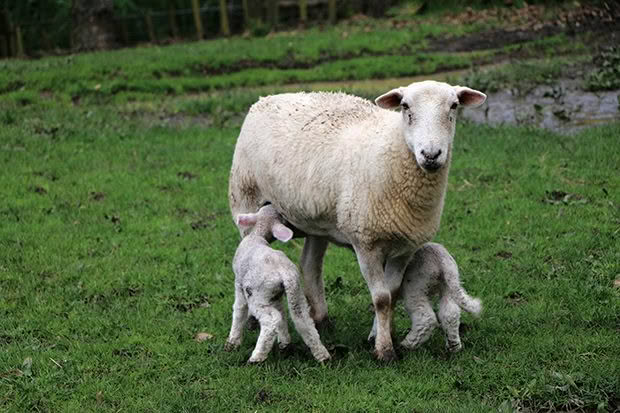
Sheep are some of the most popular lifestyle block animals, but that doesn’t mean they aren’t prone to problems.
Words: Dr Sarah Clews, BVSc
This month we continue our “Common Mistakes” series with sheep – one of the most common livestock species found on lifestyle blocks around the country. Their tiny feet are gentle on the land, their nibbling teeth make good use of shorter pasture and their undeniably sweet nature means there are plenty of bottle-fed babies come spring.
With the rise in popularity of breeds like the Wiltshire – which shed their own fleece each spring – keeping sheep has never been easier. But don’t be fooled into thinking you can plonk these fluffy white lawnmowers out back and walk away. While generally low-maintenance compared to other species, sheep can have issues. Let’s break down some of the classic mistakes made with sheep.
POOR YARD DESIGN
Despite the misconception, sheep aren’t stupid. In fact, an abundance of recent research has shown just how intelligent they are. Like other prey animals, sheep have evolved with a strong “flight” response, but their vigilance serves a purpose. Sheep eyes are on the sides of their heads, giving them the exceptional peripheral vision that allows them to detect a predator creeping up from behind or the side. Unfortunately, this also means their depth perception at the front is pretty shoddy, and things like shadows on the ground may befuddle or frighten them unless they are allowed to investigate closely. When evading a predator (yes, that’s you), sheep will want to run uphill to gain a vantage point over whatever is pursuing them. They will also want to run from dark to light, where they can see better. Many new owners will naively place the yards at the bottom of a hill and even in the shade, making yarding a gruelling task.
If you can set up your paddocks and yards with a good understanding of their behaviour, you can make the whole process a lot smoother. Yards should always be placed at the top of the hill, with plenty of sunlight, and in a corner. This allows you to move them slowly up the fence line and funnel them in.
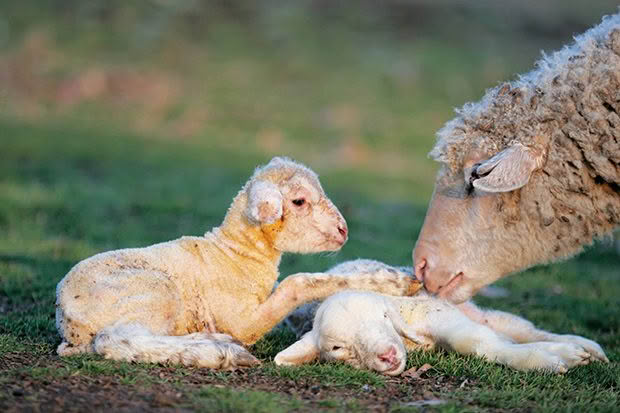
MISCALCULATING SHEARING TIMES AND BREED
Unless you’re lucky enough to have a self-shedding breed such as the Wiltshire, you will need to shear your sheep. However even Wiltshire may not fully lose their fleece. If purchasing Wiltshires, you should always ask to see the condition of the ram and ewes before assuming the lambs will fully shed. Normally, a Wiltshire will start shedding by six months old. However, it can take up to three years before they go through a full shed.
The majority of sheep breeds, however, don’t shed their own wool and will need to be shorn every year in spring or early summer. Some farmers will opt for an autumn shear as well, but this comes with risks and is often done incorrectly on lifestyle blocks. Ewes should never be shorn in the first six weeks of pregnancy as this could harm the unborn lamb. More importantly, they should not be shorn in the final six weeks of pregnancy or the first six weeks after lambing. There are considerable demands on their bodies during late pregnancy, and shearing during this time can see your ewes come down with sleepy sickness, known as pregnancy toxaemia, and other metabolic diseases. Shearing in the first six weeks of lactation can see the mother succumb to deathly hypothermia or lead to a halt to her milk supply and a hypothermic lamb. Every year I see the deaths of both mothers and lambs from hypothermia because they have been shorn during these danger periods.
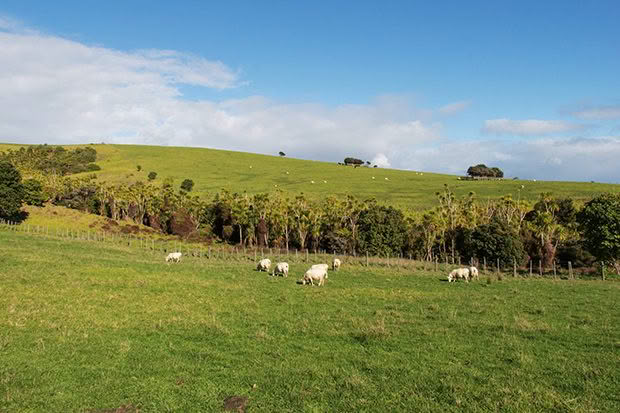
ASSUMING THEY WON’T EAT TOXIC PLANTS
Sheep are grazers, not browsers. While goats like to eat long grass, sheep prefer the shorter stuff. However, this leads some people to assume sheep will avoid toxic plants. If sheep are hungry enough, or if lambs are curious, they may have an investigative nibble on hedges, trees and shrubs, some of which may not be good for them.
The sheep that are most likely to eat toxic plants are:
• Young sheep under a year old. Juveniles tend to be inquisitive and haven’t yet developed lifelong feeding habits. They may do a wee taste test out of curiosity.
• Adults on short pastures: around 2cm long. A green ground does not mean there is adequate food. If sheep graze down to 2cm they will be hungry and lose weight. Around 3cm is a good height for easy maintenance. Animals under a year old should never graze below 3-4cm.
• Ewes in late pregnancy and first six weeks of lactation. These girls will be ravenous and need lush green grass over 4cm at all times to help them stay healthy and produce nutritious milk.
• Unwary sheep used to supplementary feeding. If your animals are used to yummy bits of feed being thrown into the paddock to eat, they may not scrutinise a pile of rhododendron clippings.
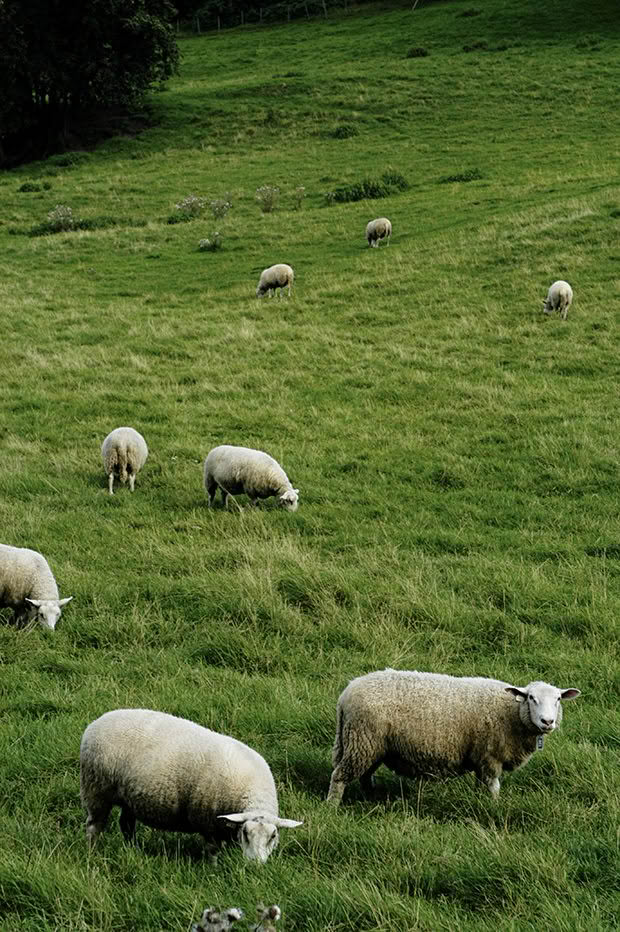
STARVING IN LATE PREGNANCY
There’s an old piece of ovine advice that suggests sheep in late pregnancy should have their food restricted to prevent in-utero lambs becoming too large and complicating the birth. The reality is that the trajectory of growth for those lambs is set by day 110. Therefore, feeding during the third trimester (the last six weeks) is very unlikely to have any effect on the lamb’s size.
In fact, restricting a ewe’s food during this time may impact the lamb’s nourishment, rendering it more vulnerable to sickness and early death. Limiting diet in late pregnancy means the ewe is more likely to come down with sleepy sickness. This is also known as twin lamb disease due to its prevalence in ewes bearing two or more lambs.
Overweight ewes, however, are an issue we see frequently on lifestyle blocks. If an ewe mates when already overweight, or if allowed to put on excessive weight during the first trimester, she is more likely to have difficulty during labour.
MATING HOGGETS
We also see significant issues when small hoggets (first-timers) are allowed to mate.
A hogget must be 65% of her mature, three-year-old weight when mated to reduce risks. This is usually about 42kg minimum for many breeds. A hogget must be fed exceptionally well during pregnancy to allow her and her lambs to keep growing. If this doesn’t happen, she will have a small, stunted pelvis come lambing, with issues continuing each season.
Other points on pregnancy
• In the last four weeks of pregnancy, and the first six weeks of lactation, your ewes should never graze below 4cm pasture length.
• Mate your ewes at a healthy body condition score of 3, and feed them at pasture length 3cm during the first half of pregnancy.
• If mating your hoggets, feed them exceptionally well at 4-6cm pasture length throughout pregnancy and lactation.
• If you are breeding hoggets or small ewes, select rams that throw smaller lambs to make the birth easier.
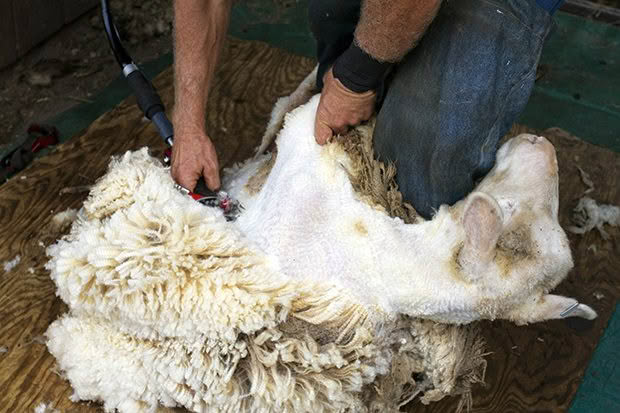
SHEARING CHECKLIST
• Lambs are at least six weeks old and the weather is getting warmer. There is consistently good grass.
If you choose to shear during pregnancy, ensure:
• It happens between days 50-100 of pregnancy (ie the second trimester).
• It’s at the start of a long spell of warm weather.
• Animals are given supplementary feed daily for the week leading up to shearing.
• There’s very good grass, 4cm or longer.
• There’s very good shelter from wind and rain for the two weeks after shearing.
• Fasting is minimised prior to shearing. Explain to your shearer that the animals are pregnant.
• Consider only shearing a portion of the group at a time, so if you lose some you don’t lose the whole flock.
Love this story? Subscribe now!
 This article first appeared in NZ Lifestyle Block Magazine.
This article first appeared in NZ Lifestyle Block Magazine.
